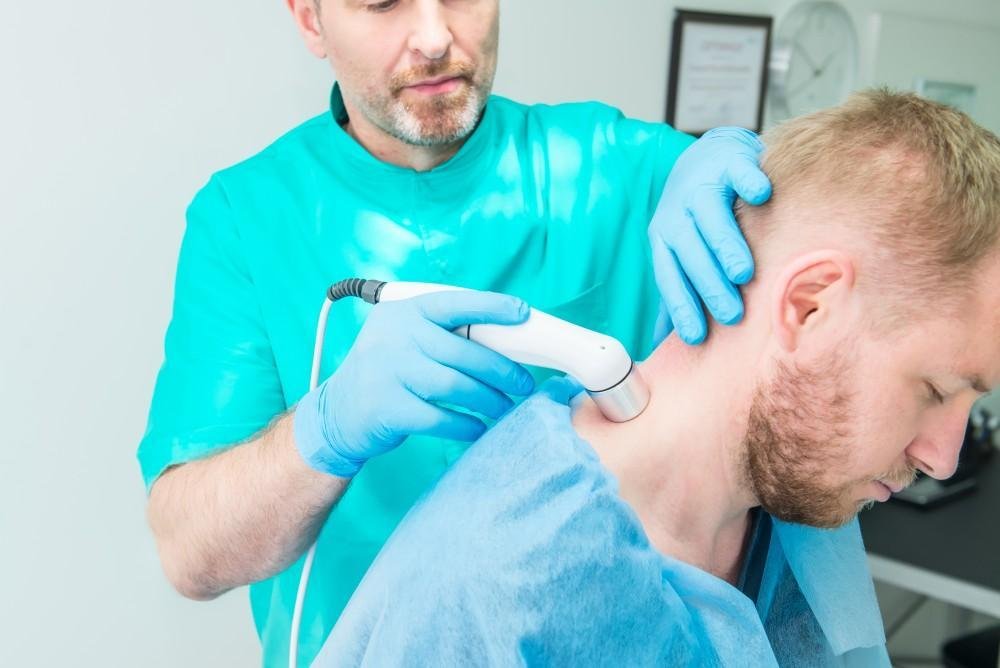What to Expect After a Radio Frequency Ablation
If you suffer from chronic back, neck, or joint pain, your doctor may have recommended a radio frequency ablation .(RFA) Procedure. RFA uses heat generated from radio waves to damage the nerves causing pain. It can provide long-term pain relief for many patients. Here’s what to expect after your radio frequency ablation treatment.
How the Procedure Works?
During a radio frequency ablation procedure, your physician will insert a thin needle next to the affected nerves under guidance from live x-ray imaging (fluoroscopy). An electrode at the tip of the needle then delivers high-frequency electrical current, causing the tissue temperature to increase. The goal is to heat the nerve tissue enough to disrupt its ability to transmit pain signals without completely destroying it. The heated area forms a small lesion that can stop pain signals for 6 months to 2 years.
Immediately After the Procedure
You will recover for about 30 minutes after your RFA while a medical team observes you. Tell your doctor right away if your pain has improved after the numbing medication wears off. This is a good sign that the procedure effectively treated some of your pain-causing nerves.
The treatment area may feel numb or take a few hours to regain normal sensation due to the numbing medication used. You may also have some muscle soreness for about a week where the needle(s) was inserted. Mild swelling and bruising can also occur.
You should be able to go home the same day after an hour or two of recovery time. Have someone drive you home since you likely received sedation medication. Rest and take it easy for the remainder of the day. Avoid strenuous physical activities for about 48 hours. Follow your physician’s recommendations about when it is safe to resume your normal routine, exercise, work duties, driving, etc.
Pain Relief Response Timeframe
Every patient responds differently to RFA treatment. Most patients experience the onset of pain relief anywhere from 2 days to 2 weeks post-procedure. Maximum pain relief typically occurs within 30 days for most patients. Some patients get complete pain relief, while others get 50% or greater pain reduction and report a major improvement in their quality of life after radio frequency ablation.
The nerves that were treated during the procedure should be permanently damaged thanks in part to the heating lesion created. Over time, however, new nerves may grow and the pain could eventually return. Some patients get long-term relief for 1 to 5 years before needing repeat ablation procedures. Others may only get 6 to 9 months of relief before pain returns. The average duration of relief reported from radio frequency ablation treatment is about 15 months.
Follow-Up Appointments
Expect to have follow-up appointments with your pain management doctor at intervals like:
1 to 2 weeks after your RFA
6 weeks later
3 months later
6 months later
1 year later
Your physician will evaluate your progress and pain levels at these visits to determine if and when you might need another ablation procedure. Be sure to communicate openly about the location and intensity of any remaining pain you experience so your treatment plan can be tailored to your specific needs.
Tracking your progress after the procedure can help give your doctor useful feedback. Make some notes about your pain relief progress like:
Pain levels before/after treatment
Areas where pain has improved or gotten worse
New symptoms like numbness or tingling
Activities you can do more easily now
Medications used and their effectiveness
How long your relief lasted
Staying active is also key for supporting long-term benefits from RFA procedures. Your doctor can give you stretching, exercise, or physical therapy recommendations to help strengthen the treatment area.
Radio frequency ablation can offer life-changing pain relief from a minimally invasive procedure with little downtime. Now you know what to expect during your recovery to promote the best results. Discuss your expectations openly with your physician and follow all recommended treatment guidelines for maximum benefit. Most patients find RFA procedures greatly improve their pain, function and quality of life.

